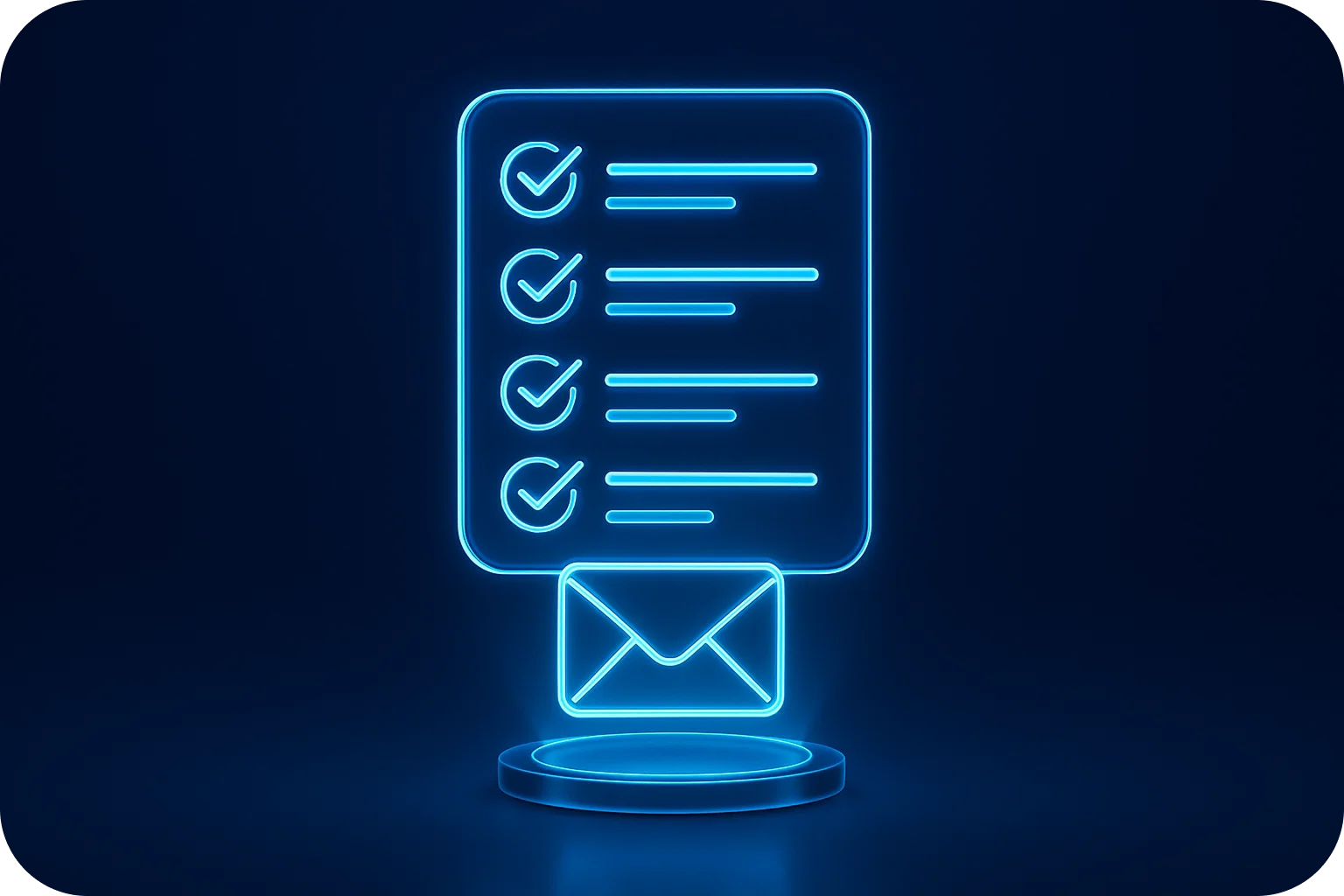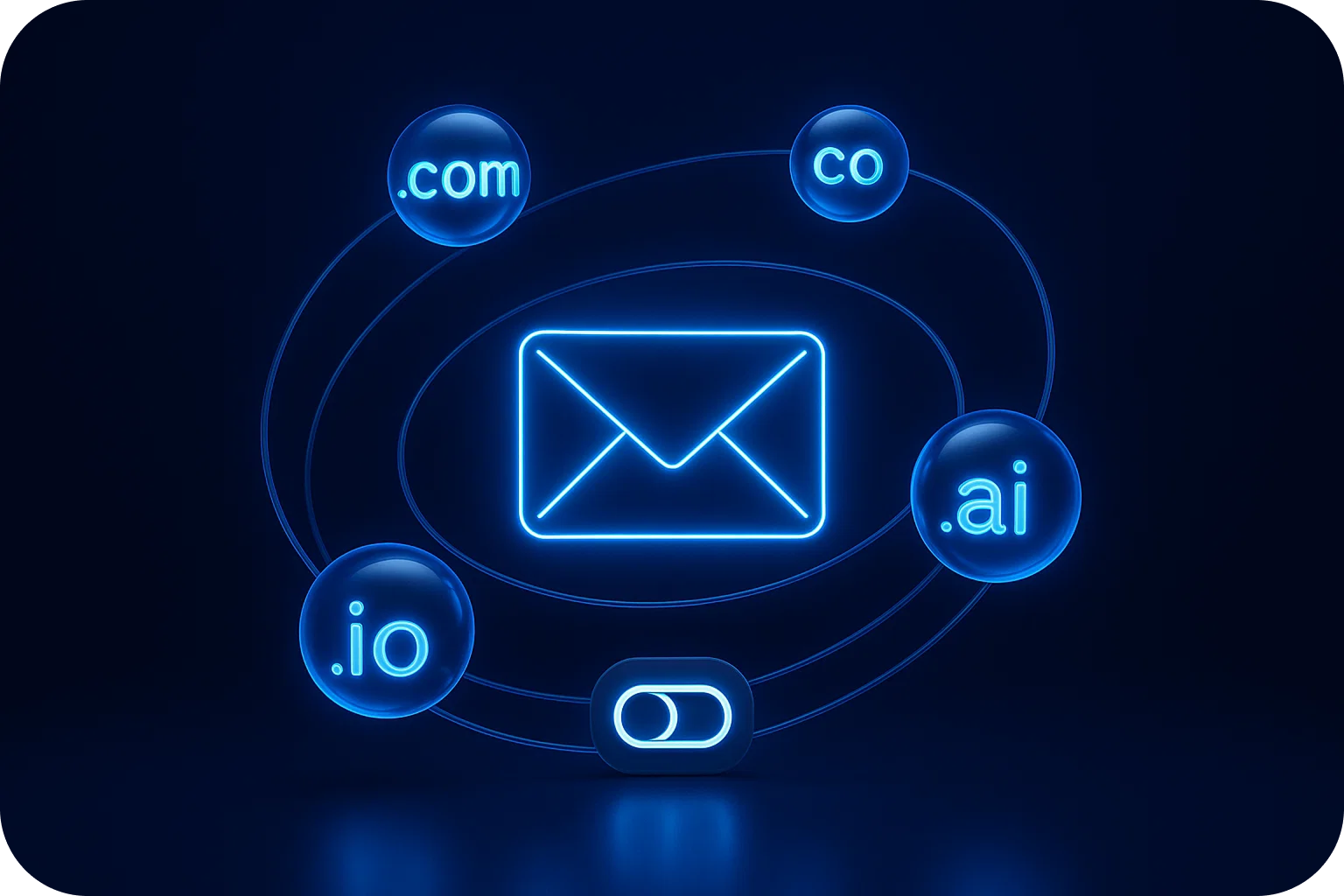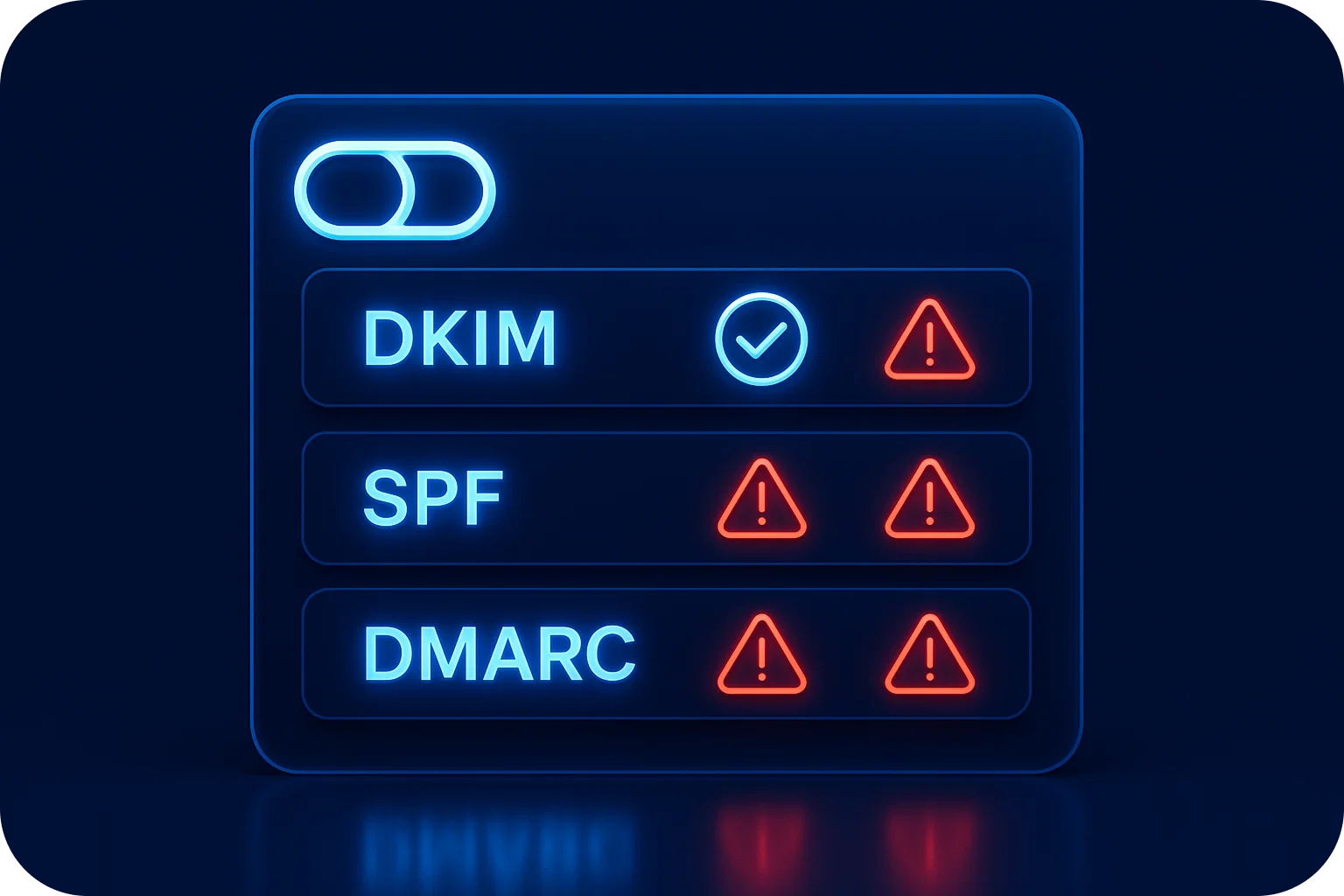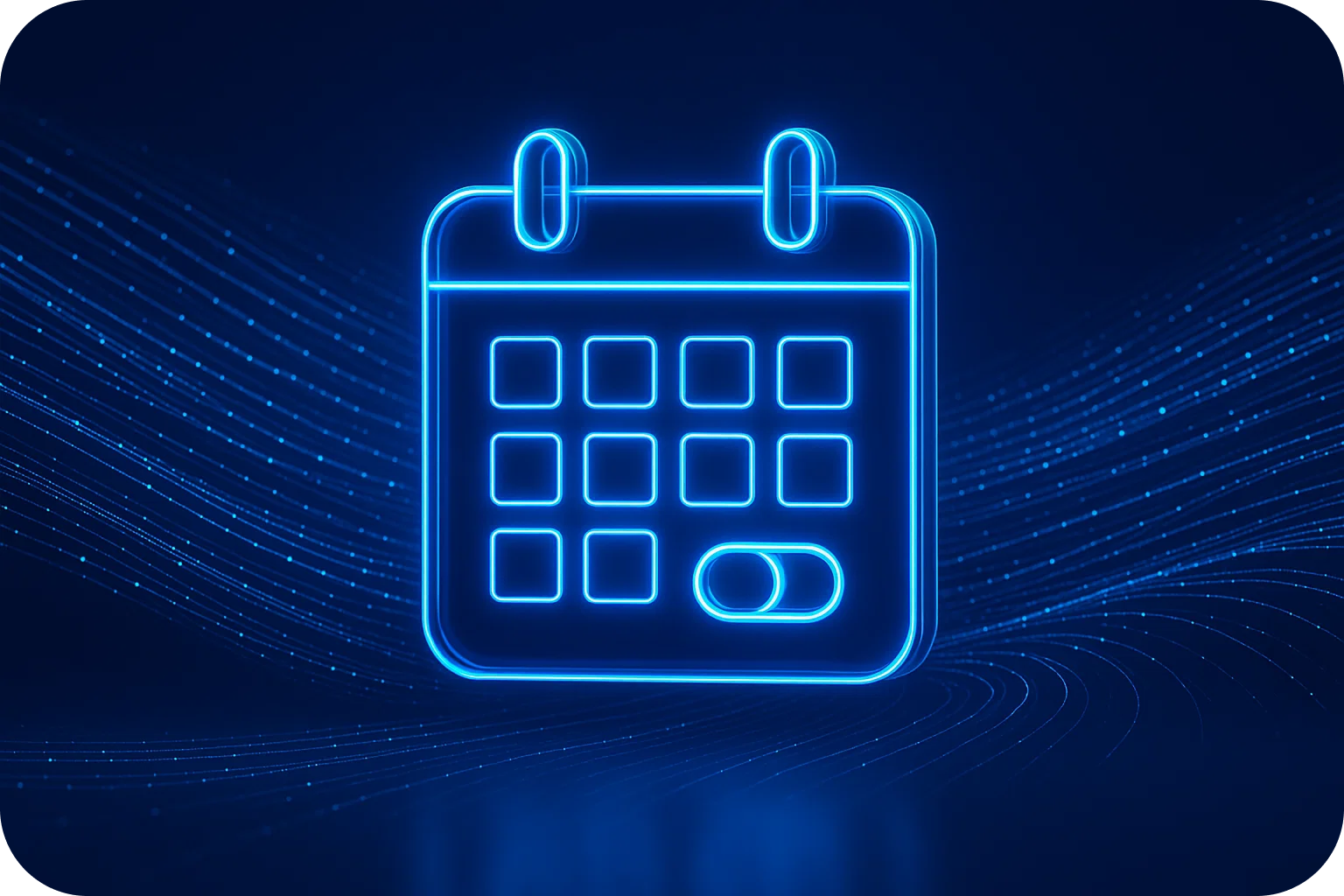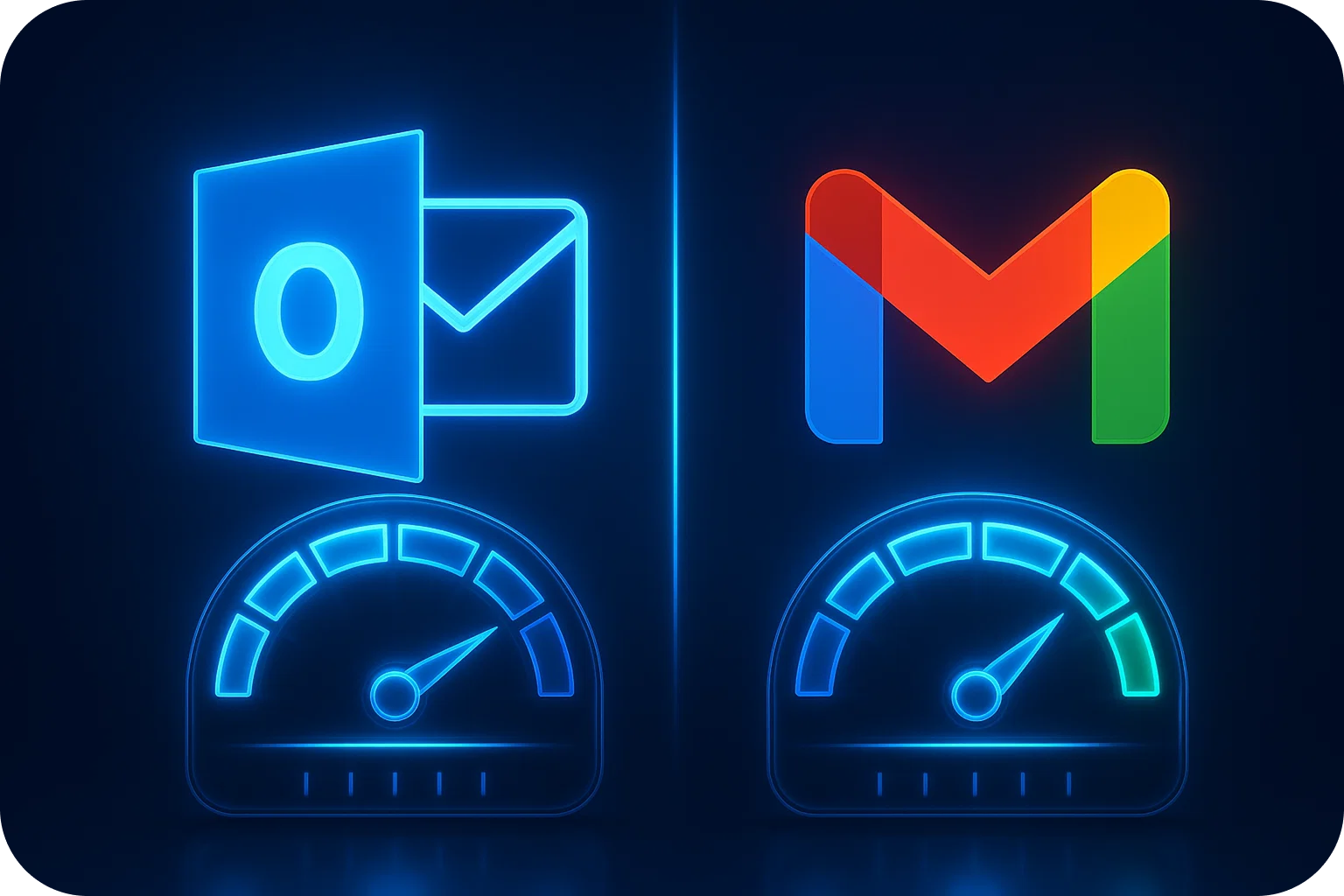The Email Sending Velocity Trap: Why Ramping Up Too Fast Destroys Your Domain
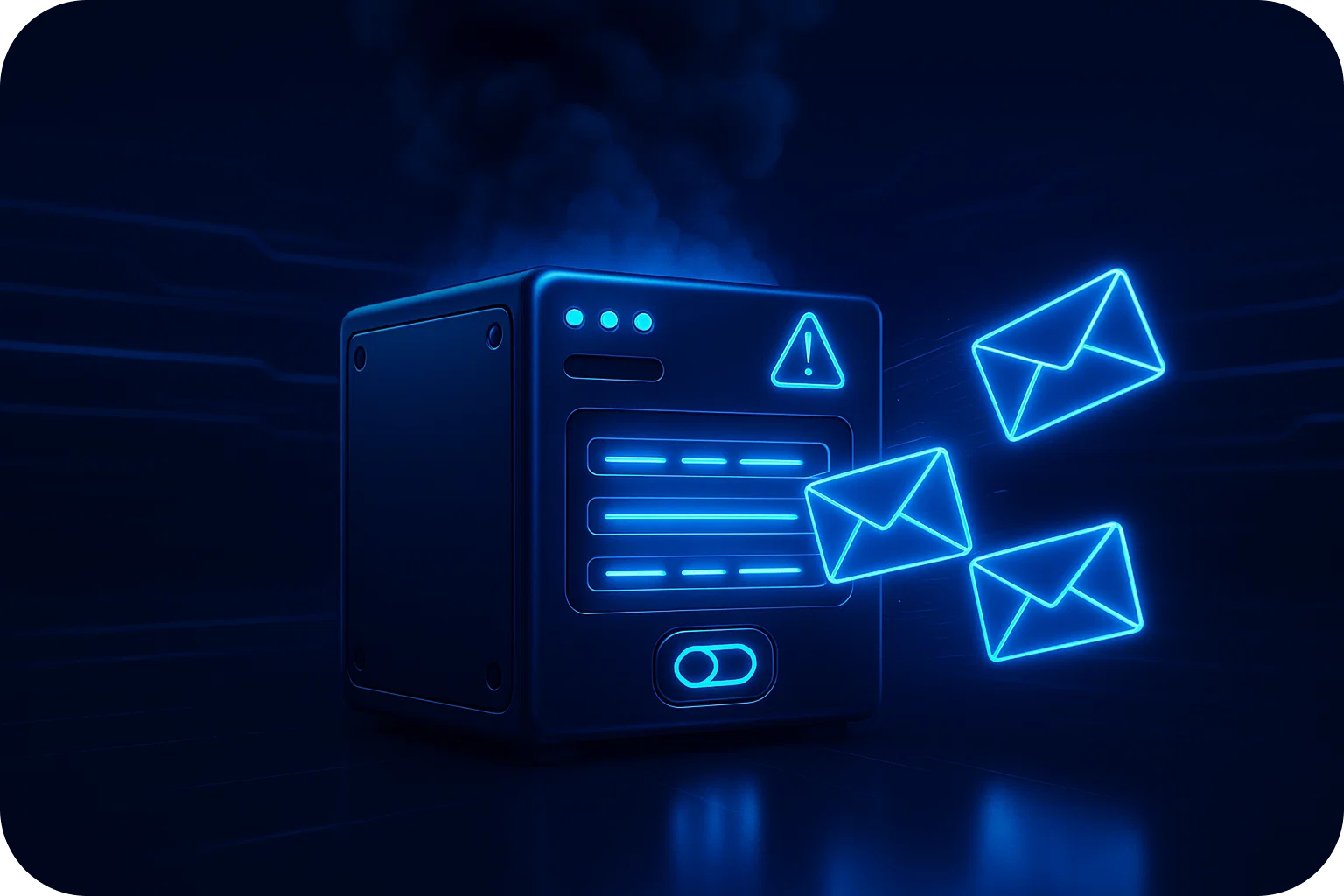
You've just purchased new domains, set up your email infrastructure, and you're ready to scale your cold outreach. Your list is loaded, your sequences are polished, and you're eager to hit send on thousands of emails. But here's the harsh reality: ramping up your email sending volume too quickly is one of the fastest ways to destroy your domain reputation and land straight in the spam folder.
Understanding email sending velocity and how to scale properly isn't just a best practice; it's the difference between inbox placement and permanent deliverability damage. Let's explore why the velocity trap is so dangerous and how to avoid it.
What Is Email Sending Velocity?
Email sending velocity refers to the rate at which you send emails from a particular domain or IP address over a specific time period. Internet Service Providers (ISPs) like Gmail and Outlook closely monitor this metric as a key indicator of sender behavior and reputation.
When a new domain suddenly starts sending hundreds or thousands of emails daily, it triggers immediate red flags. ISPs view this pattern as suspicious because legitimate senders typically build their sending volume gradually over time. Spammers, on the other hand, often acquire domains, blast massive volumes immediately, and then abandon them when they're blacklisted.
Why Ramping Up Too Fast Destroys Your Domain
Immediate Spam Filter Triggers
ISPs use sophisticated algorithms to detect anomalous sending patterns. A brand new domain with zero sending history that suddenly dispatches 500 emails in a single day will almost certainly trigger spam filters. The algorithms interpret this behavior as potentially malicious, and your emails get filtered before they ever reach an inbox.
Once you've triggered these filters, recovering your sender reputation becomes exponentially more difficult. You're not just starting from zero, you're starting from negative territory.
Sender Reputation Damage
Your sender reputation is built on consistent, predictable behavior over time. When you ramp up too quickly, you don't allow ISPs to observe your sending patterns, engagement rates, and overall email quality. Without this gradual trust-building process, ISPs default to the safest option: treating your emails as suspicious.
Sender reputation operates on multiple levels: domain reputation, IP reputation, and even content reputation. Damaging any of these through aggressive sending can take weeks or months to repair, assuming recovery is even possible.
High Bounce and Complaint Rates
When you send large volumes quickly without proper warm-up, you're more likely to encounter deliverability issues that compound your problems. High bounce rates signal poor list quality to ISPs. If recipients mark your emails as spam because they don't recognize your domain, complaint rates spike. Both metrics further damage your reputation in a vicious cycle.
Blacklist Inclusion
The most severe consequence of ramping up too fast is landing on email blacklists. Organizations like Spamhaus, Barracuda, and others maintain databases of domains and IPs associated with spam activity. Once blacklisted, your emails may be blocked entirely by major ISPs, and removal can be a lengthy, complicated process that doesn't guarantee full reputation recovery.
The Science Behind Proper Email Warm-Up
Email warm-up is the systematic process of gradually increasing your sending volume while building a positive sender reputation. This process typically takes three to four weeks and involves several critical phases.
Phase One: Initial Trust Building (Week 1)
Start with a minimal sending volume, typically 5-10 emails per inbox per day. Focus on high-quality contacts who are likely to engage. During this phase, ISPs are observing your domain's behavior and beginning to establish baseline metrics.
Phase Two: Gradual Volume Increase (Weeks 2-3)
Incrementally increase your daily sending volume by 20-30% every few days. Monitor engagement metrics closely. Positive signals like opens, clicks, and replies tell ISPs that recipients want your emails, which strengthens your reputation.
Phase Three: Approaching Target Volume (Week 4+)
Continue scaling toward your target sending volume while maintaining strong engagement rates. Most domains can safely reach 20-30 emails per inbox per day after proper warm-up, though the absolute maximum is typically 100 emails per inbox daily.
Best Practices for Scaling Cold Email Safely
Follow the 20/Inbox/Day Rule
While technical limits may allow up to 100 emails per inbox per day, best practices recommend staying around 20 emails per inbox per day for optimal deliverability. This conservative approach maintains a strong sender reputation and inbox placement rates.
Respect the 3-5 Inboxes Per Domain Guideline
Don't overload a single domain with too many sending accounts. The recommended maximum is five inboxes per domain, though three is ideal. This distribution prevents any single domain from appearing to send suspiciously high volumes.
Implement Proper DNS Configuration
Before sending any emails, ensure your SPF, DKIM, and DMARC records are properly configured. These authentication protocols verify that you're authorized to send from your domain and are fundamental to deliverability. Without them, even perfectly warmed domains will struggle with inbox placement.
Monitor Deliverability Metrics Continuously
Track your inbox placement rates, bounce rates, spam complaint rates, and engagement metrics throughout your warm-up and scaling process. Tools that provide deliverability monitoring can alert you to problems before they become catastrophic.
Segment and Stagger Your Campaigns
Rather than sending all emails simultaneously, stagger your sends throughout the day. This creates a more natural sending pattern that ISPs view favorably. Additionally, segment your lists to target the most engaged recipients first, building positive reputation signals early.
Maintain List Hygiene
Regularly clean your email lists to remove invalid addresses, hard bounces, and unengaged contacts. High bounce rates are one of the fastest ways to damage sender reputation, even after a successful warm-up.
The Cost of Impatience: Real-World Consequences
Consider a typical scenario: a startup eager to generate leads purchases ten new domains and immediately begins sending 50 emails per inbox per day across five inboxes per domain, 2,500 emails daily with zero warm-up. Within 48 hours, inbox placement drops below 30%. Within a week, several domains are blacklisted. The company must abandon these domains, purchase new ones, and start over, losing weeks of potential outreach and thousands in wasted infrastructure costs.
Contrast this with a company that invests three to four weeks in proper warm-up, gradually scaling to the same volume. This approach achieves 96-98% inbox placement rates, builds sustainable sender reputation, and creates a foundation for long-term cold email success.
Scaling Cold Email 100x Without Destroying Deliverability
Scaling cold email outreach doesn't mean sacrificing deliverability. The key is infrastructure multiplication rather than volume acceleration. Instead of pushing individual domains beyond safe limits, successful cold email programs distribute volume across multiple properly warmed domains and inboxes.
For example, if you need to send 10,000 emails daily, the solution isn't sending 1,000 emails from ten inboxes. Instead, use 50 domains with three inboxes each, sending 20 emails per inbox per day. This approach maintains optimal sending velocity per domain while achieving massive scale.
The Role of Infrastructure Management
Managing dozens of domains, hundreds of inboxes, and complex DNS configurations manually is impractical at scale. Modern cold email infrastructure platforms automate warm-up processes, manage DNS records, monitor deliverability across all domains, and ensure each inbox operates within safe sending parameters.
This infrastructure-first approach allows sales teams to focus on messaging and targeting while the technical foundation ensures emails actually reach inboxes.
Recovery Strategies If You've Already Ramped Too Fast
If you've already damaged your domain reputation by ramping up too quickly, recovery is possible but requires patience and strategic action.
Immediately reduce sending volume to minimal levels, 5-10 emails per inbox per day. This signals to ISPs that you're correcting problematic behavior.
Focus on engagement by targeting only your most responsive contacts. Positive engagement signals help rebuild reputation faster than anything else.
Check blacklists and submit removal requests where applicable. Some blacklists offer automatic removal after a period of good behavior.
Consider starting fresh with new domains if reputation damage is severe. Sometimes the fastest path forward is abandoning compromised domains and implementing proper warm-up from the beginning with new infrastructure.
Building Sustainable Cold Email Programs
The email sending velocity trap teaches a fundamental lesson: sustainable growth beats rapid scaling every time. Cold email success isn't measured by how many emails you can send tomorrow; it's measured by consistent inbox placement, strong engagement rates, and predictable pipeline generation month after month.
By respecting ISP guidelines, implementing proper warm-up protocols, and building infrastructure that distributes volume intelligently, you create cold email programs that scale reliably without sacrificing deliverability.
The three to four weeks invested in proper warm-up isn't wasted time; it's the foundation that makes everything else possible. Companies that understand this principle achieve 98% deliverability rates and scale their outreach 100x while maintaining inbox placement. Those who don't find themselves trapped in a cycle of domain replacement, reputation repair, and diminishing returns.
Conclusion
The email sending velocity trap is entirely avoidable. Understanding how ISPs evaluate sender behavior, respecting the gradual trust-building process, and implementing proper infrastructure management transforms cold email from a risky, unpredictable channel into a reliable growth engine.
Whether you're launching your first cold email campaign or scaling an existing program, remember: the inbox doesn't reward impatience. It rewards consistency, quality, and respect for the systems designed to protect recipients. Invest the time to warm up properly, scale intelligently, and build a sender reputation that lasts.
Your future deliverability and your pipeline depend on it.
More articles
Get started now




%201.png)

